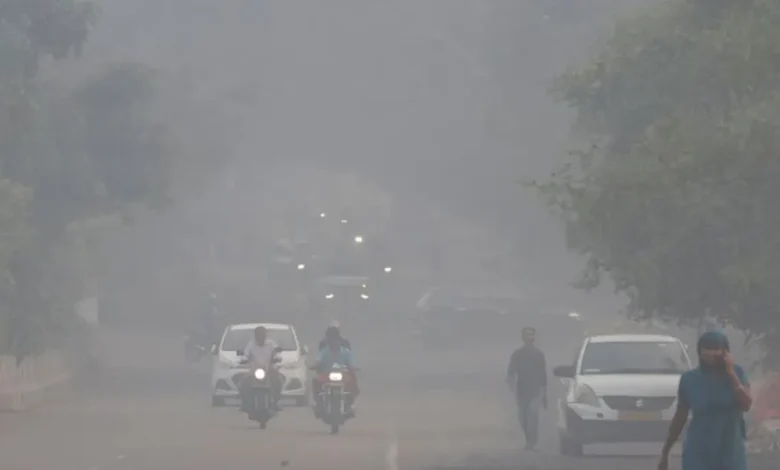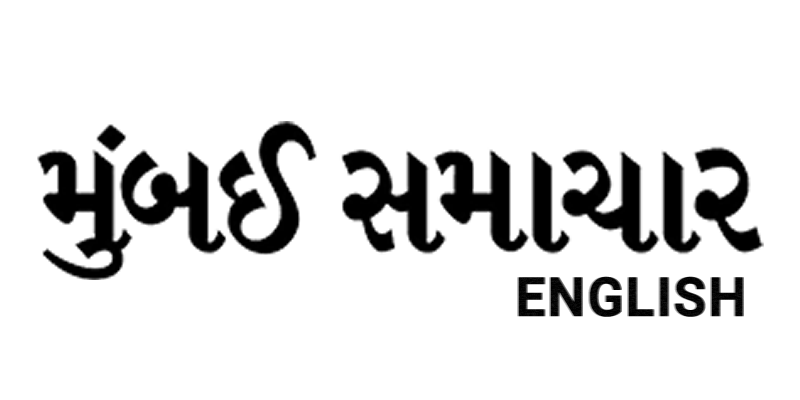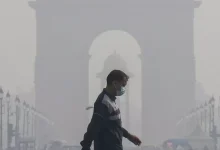Delhi’s Post-Diwali Haze: Smog Engulfs Capital as Pollution Hits ‘Very Poor’ Levels

New Delhi: Even two days following the Diwali celebrations, the nation’s capital found itself shrouded in heavy smog on Wednesday, with pollution levels spiking dramatically. According to the Central Pollution Control Board (CPCB), the city’s Air Quality Index (AQI) stood at 345, placing it firmly in the “very poor” bracket.
Certain neighborhoods faced particularly dire situations. At around 6:15 a.m., readings climbed to approximately 380 in areas such as Ashok Vihar, Bawana, and Dilshad Garden. Meanwhile, sites like Delhi Technological University (DTU), Indira Gandhi International (IGI) Airport, and Lodhi Road logged figures under 300, qualifying as “poor.” The previous day had seen four monitoring stations—Dwarka at 417, Wazirpur at 423, Anand Vihar at 404, and Ashok Vihar at 404—cross into the “severe” threshold, as tracked by the CPCB’s SAMEER application.
By 4 p.m., the 24-hour average AQI hovered at 345 in the “very poor” range, up from 326 on Sunday. Officials cautioned that conditions might worsen in the near term, prompting the activation of Stage II measures under the Graded Response Action Plan (GRAP) throughout the Delhi-National Capital Region (NCR) area. This step came in response to projections from the India Meteorological Department (IMD) and the Indian Institute of Tropical Meteorology (IITM).
ALSO READ : Delhi’s Green Diwali Goes Up In Smoke As Air Quality Turns Severe, Toxic Smog Hangs Over NCR
Analysis from the Decision Support System (DSS) indicated that vehicular traffic accounted for 15.6% of Delhi’s pollution on Monday, with industrial activities and miscellaneous sources making up 23.3%. Local inhabitants voiced growing health concerns, citing symptoms like respiratory distress and ocular discomfort. One resident, Sagar, remarked, “Pollution hasn’t just increased today; it’s been rising for years. Everyone blames politicians, but people themselves are responsible. Firecrackers are a choice—then people complain the government isn’t doing anything.”
Tuesday morning’s imagery captured Akshardham temple faintly visible through the pervasive mist. In a recent ruling, the Supreme Court had permitted the sale and use of eco-friendly firecrackers in Delhi-NCR, limited to windows from 6 a.m. to 7 p.m., and 8 p.m. to 10 p.m., on Diwali eve and the main festival day. The CPCB defines AQI categories as follows: “good” (0-50), “satisfactory” (51-100), “moderate” (101-200), “poor” (201-300), “very poor” (301-400), and “severe” (401-500).



